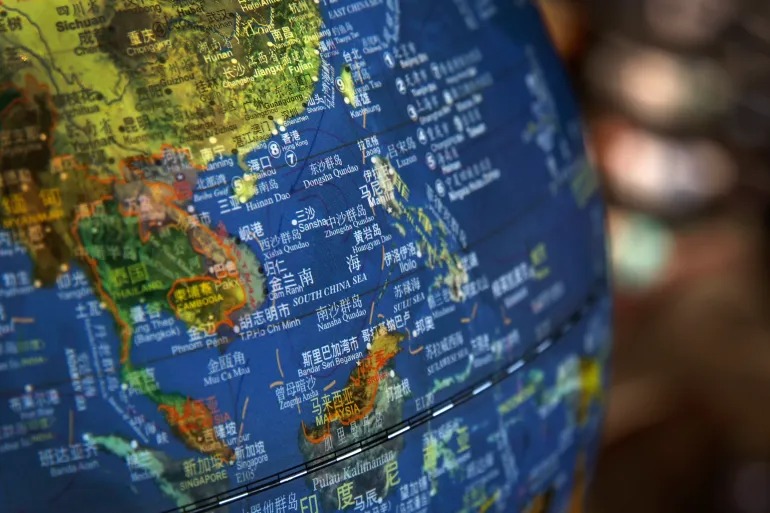Tensions in the South China Sea have escalated as Malaysia takes a firm stance against China’s new map, which lays claim to a significant portion of the region, including areas adjacent to Malaysian Borneo. Despite a 2016 international court ruling that discredited China’s ‘nine-dash line’ claim, the country has intensified its assertions. The Malaysian government’s rejection of the map highlights the need for dialogue and diplomatic solutions to the complex and sensitive territorial dispute. As tensions rise, neighboring countries and global stakeholders are closely watching for developments that could shape the future of the South China Sea.
Escalating Tensions and Controversial Claims
China’s new map, featuring the contentious nine-dash line, has drawn sharp criticism from Malaysia. The map not only overlaps with Malaysia’s maritime claims but also challenges the sovereignty of neighboring countries like Vietnam, Brunei, Taiwan, and the Philippines. These actions have raised concerns about China’s aggressive posture and its disregard for previous international court decisions that declared its claims invalid.
Diplomatic Rejection and Call for Dialogue
In response to China’s new map, Malaysia’s foreign ministry issued a resolute rejection, stating that the country does not recognize China’s maritime claims in the South China Sea as depicted in the 2023 edition of the standard map. Malaysia emphasizes that the territorial dispute is a complex issue that requires diplomatic resolution and adherence to international law, including the United Nations Convention on the Law of the Sea (UNCLOS). The Malaysian government calls for sustained dialogue and consultation to find a peaceful solution that respects the rights and interests of all parties involved.
Regional Implications and International Concerns
China’s aggressive moves in the South China Sea have not gone unnoticed by its neighbors and the international community. India, in particular, has expressed strong objections to the new map, which includes Indian territory as part of Chinese sovereign claims. The Philippines has also raised its voice against China’s actions, citing incidents like the use of water cannons and military-grade lasers against Filipino vessels. These actions have strained diplomatic ties and added to the regional tensions that have long characterized the South China Sea dispute.
The rejection of China’s expansive map by Malaysia underscores the urgency of finding peaceful resolutions to the South China Sea dispute. As the international community closely monitors the situation, the need for dialogue, diplomacy, and adherence to international law remains paramount. China’s actions in the region have drawn criticism from neighboring countries, sparking concerns about stability and security in one of the world’s most strategic waterways. The path forward hinges on the commitment of all parties involved to engage in constructive negotiations that lead to an effective and substantive code of conduct, ensuring the long-term stability and security of the South China Sea region.















